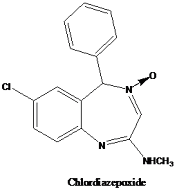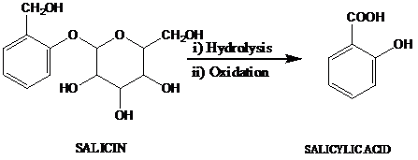The smallpox vaccine

The Smallpox vaccine We all know Edward Jenner as the Father of Vaccination as he is credited with discovering the first vaccination which was against the deadly small pox ( the speckled monster , as it was called in those days) . However, the story of vaccines should actually start with a bold lady who went against the prevailing views and dared to inoculate her children to protect them from this nasty smallpox infection. The name of this brave woman was Lady Mary Wortley Montagu . Wife of a British ambassador to Turkey, Mary was fiercely independent with an open mind and great a observation. During her interactions with the beautiful Turkish women she observed that they didn’t bear any small pox marks. Having herself being badly affected with the smallpox when in England( her skin was scarred, her eyelashes were lost and the skin around her eyes was left red and irritable for the rest of her life), she was surprised to know that the people in Turkey suffer...




